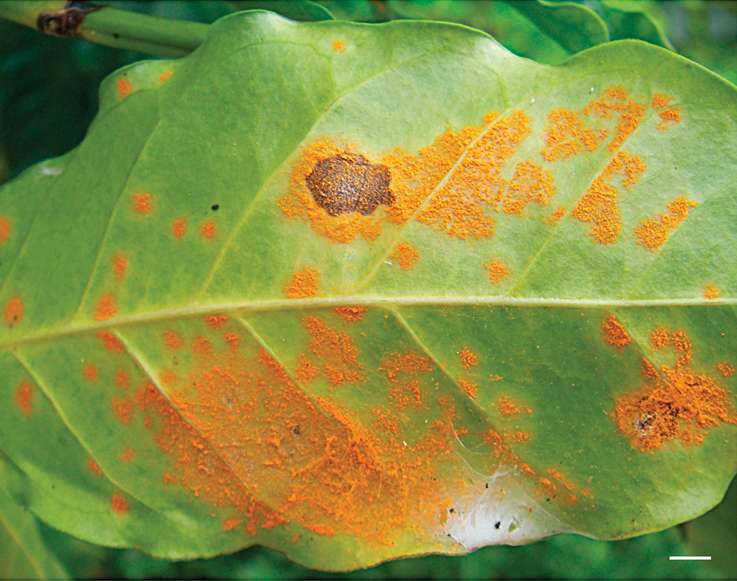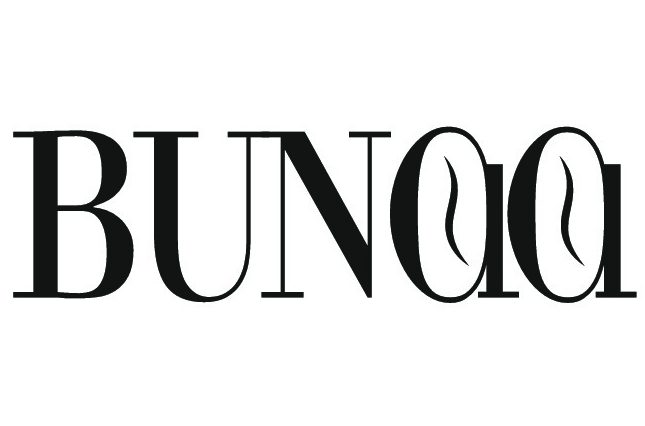Let’s start in yellow press style 😉 Our coffee consume is threatened.
Coffee trees need a balanced climate without temperature extremes, without too much sunshine and heat. Those trees love shadow, not the sun. They are very susceptible to pests and diseases, with Robusta being more resistant to parasites, diseases and heat than Arabica. How shall you know about it, when opening your roasted coffee package, apart from the price rise. Therefore, here is an overview what threatened our beloved beverage and what you can do on a everyday basis.
Climate change
Climate change has resulted in numerous environmental changes including unpredictable weather conditions, the emergence of new pests and the faster spread of disease.
Monocultures
- Cause soil erosions. This, in turn, has the effect of reducing biodiversity.
- American migratory birds do not find shelter in tree-free plantations.
- The balance of pests and beneficials as in traditional coffee cultivation gets out of balance, which in turn is tried to offset by environmentally harmful pesticides.
- Together with the use of herbicides, which destroy the protective vegetation layer of the soils, the water quality in the vicinity of such coffee plants also deteriorates.
- Clearly: fingers away from industrial coffee!
Advertisment
Coffee Borer Beetle
- Is a small beetle native to Central Africa. From here, he was transported worldwide by man into all cultivation areas.
- It is now the most common pest of coffee plants (Arabica and Robusta).
- The females eat galleries in the pulp of the coffee cherries and lay their eggs there. After about 4 days, the grubs hatch and continue to eat.
- The economic damage is estimated at more than $ 500 million a year, threatening the livelihood of more than 25 million rural households.
- In untreated coffee cultures, infections are reported as 60 % in Mexico, 80 % in Papua New Guinea and 90 % in Tanzania.
- The beetle is either chemically treated with insecticides such as Endosulfan and Chlorpyrifos or biologically with wasps and a fungus.

Coffee Leaf Rust
- La Roya, ferrugem do café – is a fungus that infects coffee plants and triggers the disease of the same name.
- The economically most important coffee disease, unfortunately.
- From Central and East Africa, the coffee rust spread in Africa, Asia and Australia in the 19th century.
- In 1903, he appeared in Puerto Rico for the first time, in Brazil in 1970, and from there he spread his way through Colombia to Central America.
- The disease paints rust spots on the underside of the coffee leafes.
- At the beginning of the rainy season, great epidemics can occur, as the spores spread rapidly through the impact of the rain drops. Insects can also transmit the spores.
- The affected leaves die after a short time.
- The damage ranges from 30 – 80 % of the plants to complete crop failures.
- More than half of the cultivation area of Central America has been attacked by the fungus in 2 years and almost 400,000 jobs are extinguished.
- Coffee cultures without shade trees can be treated more easily with fungicides such as copper sulphate in case of acute attack. Coffee with shadow trees reduces the dew formation on the coffee plants and thus a greater spread.
- Since Robusta coffee is only attacked by a few roast races, its genetic material is used for resistance breeding.
Further coffee pests and coffee diseases
- The coffee rat: is a rodent that was widely spreaded in South Asia, which was once a feared coffee pest.
- It eats the buds and flowers of the coffee plants and destroyed whole crops in Sri Lanka at the end of the 17th century.
Solutions
- Avoiding Arabica coffee from monocultures, i.e. cheap industrial coffee, which is usually sold by big, well-known brands.
- Consume less coffee.
- Buy coffee at the roastery around the corner and ask for directly traded beans from small farms. Here the coffee plants are often cultivated in mixed cultures and harvested by hand.
- Prefer to drink Robusta, wild coffee species or spontaneous hybrids of Arabica and Robusta, such as the Hibrido De Timor (HdT). The plants are more resistant to pests and climatic changes and the coffee tastes good too.
Advertisment
For advertising links on this page the dealer may pay a commission. These advertising links are marked with an asterisk (*) – images and banners are marked with “Ads” or “Advertisment”. There are no costs for you. Find more information in the data protection regulations here.








